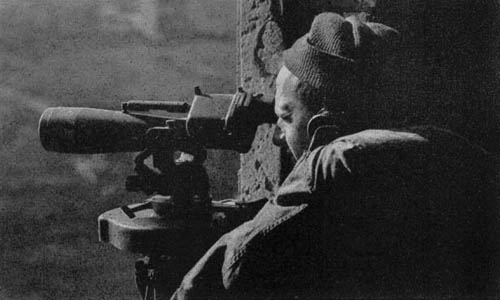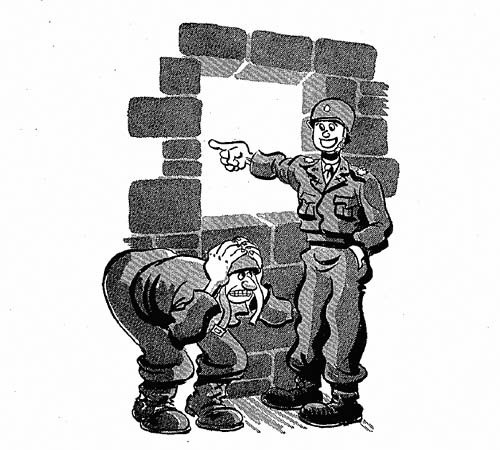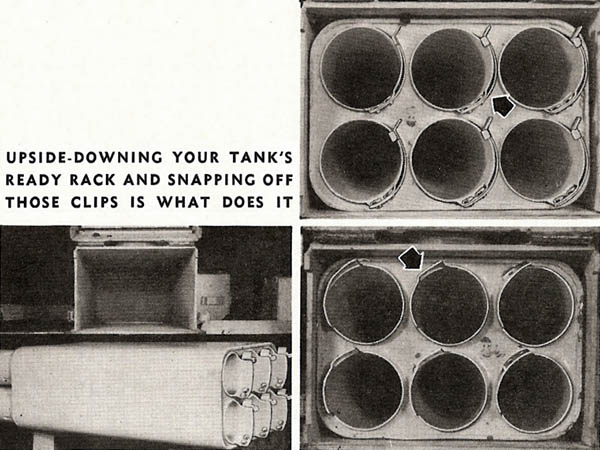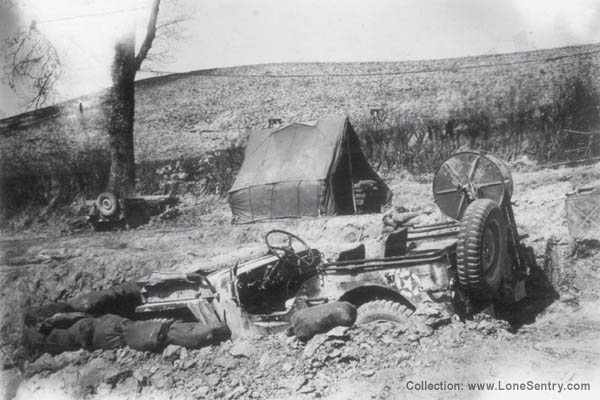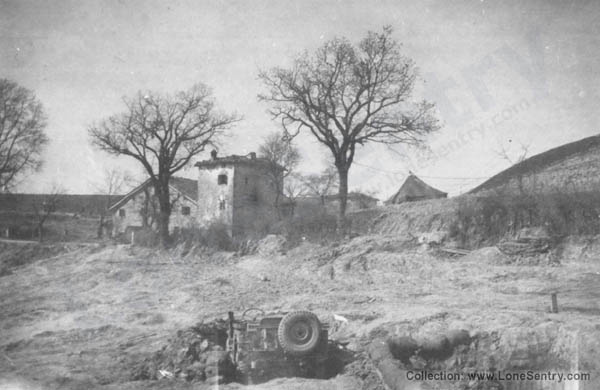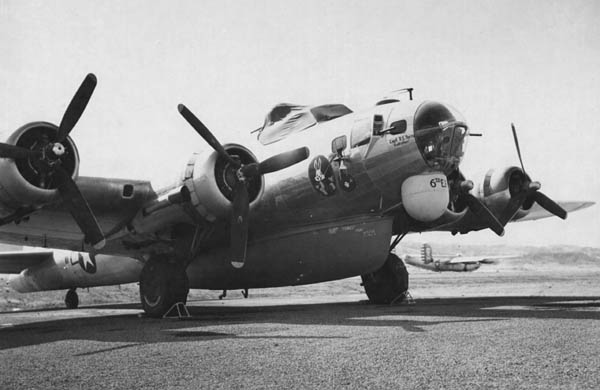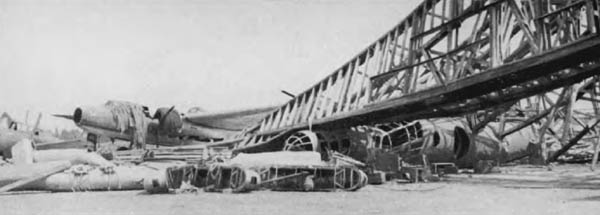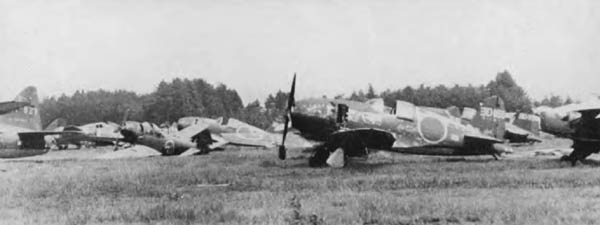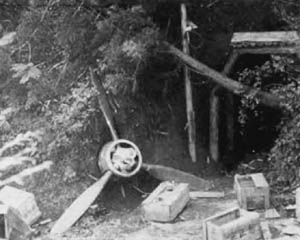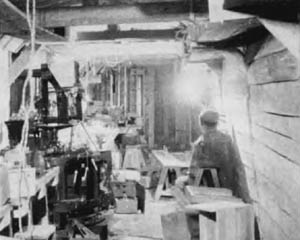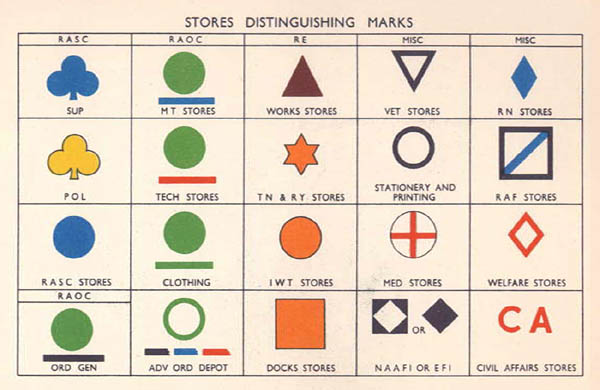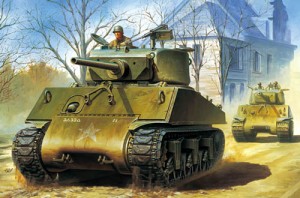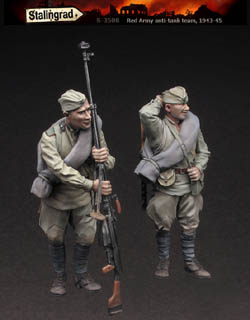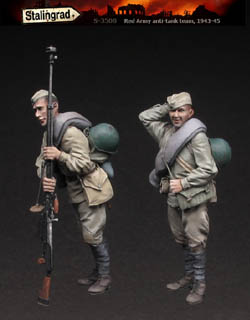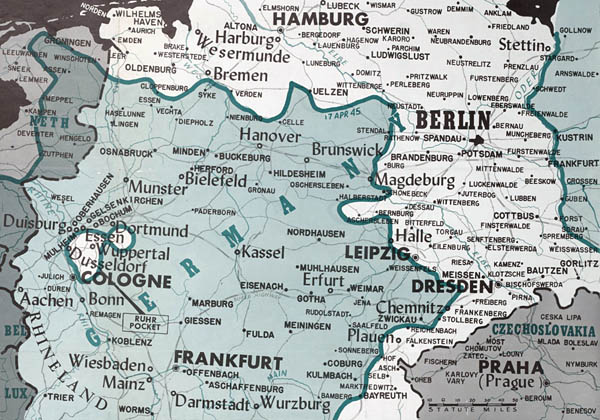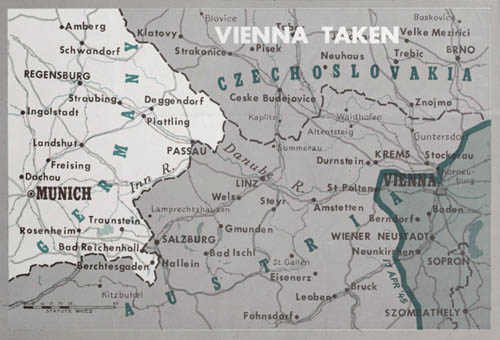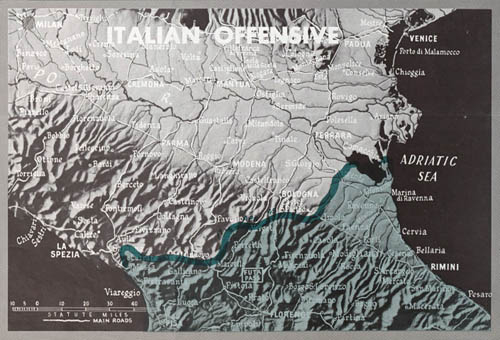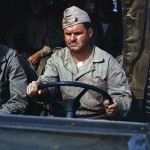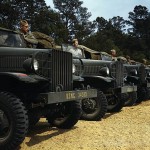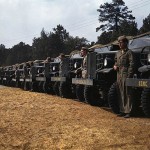Observation post and command post security from Combat Lessons, No. 7:
OP and CP Security
Even at this late date, needless casualties, delays, and expenditures of effort are being caused by breaches of OP and CP security rules. The inevitable results of security carelessness are pointedly illustrated by the three following incidents.
Carelessness Costs Lives
Reported by Technician Fifth Grade Ernest J. Langle, 135th infantry: “We stayed in one CP for 2 weeks without drawing a shell and felt quite secure, for we had been told that the enemy hadn’t been shelling in that particular vicinity for the past 30 days. Eventually, however, a few of the men either forgot or disregarded their instructions. They washed some white towels and shirts and hung them out to dry—an effective signal for enemy artillery fire upon our CP. Three of our men were killed in the shelling that followed this breach of security.”
Learning Security the Hard Way
Reported by an Infantry Battalion Commander, ETO: “After being shelled out of two CP locations (the first time with severe casualties) we reorganized a sadly depleted CP group and opened for business in another building. A third-story battalion OP in the same building could be reached only by passing a large open window on a stair landing. Since the entire village was under enemy observation and direct fire, it was necessary to crawl past this open window. To insure that this would be done, a sentry was stationed in the stairway. All went well until it was discovered that the Sergeant Major had just covered the opening with a huge sheet of tin ‘so that the sentry could be released for work with the wire team.’ We abandoned the CP in haste and moved to an already established alternate CP (the only remaining location in the town). The last men had hardly left the building before it was taken under direct artillery fire and rapidly disintegrated.
“This incident thoroughly impressed our personnel with the folly of signalling OP and CP locations to the enemy by altering the outward appearance of a building after occupancy. That particular error was not repeated.”
One Mistake Is Too Many
Reported by the Commanding General, 1st Infantry Division: “Officers visiting front-line units should be warned against actions that might reveal to the enemy the locations of our installations.
“In one case, an observation post was located in a wrecked building. Inside walls of the rooms had been camouflaged to give a dark background, instruments had been set well back in the rooms, the observers were careful to move about only in the shadows. All went well until the day when some visiting officers stopped by. They moved about freely, even leaning out of the windows with their field glasses. Within half an hour, the building was completely destroyed by enemy fire. One of our observers was killed.”
You sure have a fine view from this OP, Sergeant.

